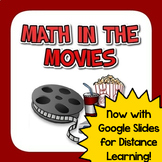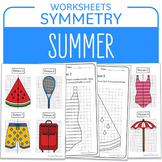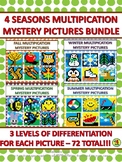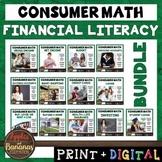7 results
Elementary arithmetic simulations under $5

Batter Up! A Baseball Team Creation Simulation for Elementary Students
This is a simulation created for 2nd-5th grade gifted students, although regular education students should be able to complete it with differentiation and added guidance.
This simulation is comprised of different tasks that students complete independently as a culminating activity to our baseball unit. It has 5 different tasks included--
1. Find a home--Research cities that don't have a MLB team and decide which one would be best for your new team.
2. Public image--create a team name, colors
Subjects:
Grades:
2nd - 5th
Types:
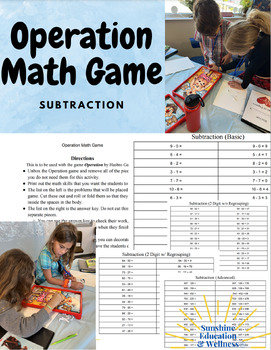
Operation Math Game / Subtraction / Classroom Transformation / Doctor / Medical
This is a great way to include math in a thematic unit, classroom transformation, or just in an engaging activity.Let your students pretend to be surgeons as they 'operate' on a patient and solve math equations!This resource is to be used with the board game Operation by Hasbro Gaming.Includes separate printouts for:basic subtraction (within 10)2 digit - 2 digit w/o regrouping2 digit - 2 digit with regrouping3 digit - 3 digit with regroupingThis is a printable resource, with answer key.Can be us
Subjects:
Grades:
PreK - 5th
Types:
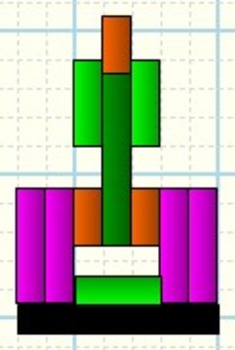
Cuisenaire Rods App
This software simulates the use of Cuisenaire Rods - the most precise math manipulatives ever devised. It supports our innovative
'Play Based Math for Preschool, Kindergarten and Grades 1 Through 3' (available on TPT) but can be used as a stand alone app for children or as a whiteboard accessory.
To view the video demonstration visit:
https://www.youtube.com/watch?v=-wCZkk4ifCU
Currently it is only available for Windows but a Mac version is being developed.
Subjects:
Grades:
PreK - 4th, Staff

Exploring Unit Rate: Shopping for a Party
Students will analyze grocery store advertisements to determine the least expensive alternative to purchasing food for a party. This is a multi-step project-based learning unit, requiring students to choose items to shop for, compare prices per unit, add sales tax, and determine what they will have to pay alone and if they were to split the cost with friends. Topics covered include numerical operations (multiplication, division, unit rate, decimal operations), comprehension of functional text, a
Subjects:
Grades:
5th - 8th
Types:

Budgets Financial Literacy Activity
Send students through a monthly budget simulation. They will learn how to manage a monthly budget to be able to save up for a luxury item.Students start with a monthly budget and have to choose between cheap, average and expensive options in five different categories. After making their choices, they need to balance and calculate their budget to find a savings balance. Included is a set of activity directions, budget cards, table with all choices, detailed pages for each categories' choices, tab
Subjects:
Grades:
4th - 7th
Types:

Demonstrate Ordering Numbers with an Animated Excel File
Simple to use animated Excel file for in class demonstration of Ordering Numbers from whole numbers, integers, positive rational, rational, and real numbers. Self-correcting quiz format that automatically generates a new set of numbers. Move scroll bars, select option buttons, type numbers, and watch these mathematical concepts come alive. You must use Microsoft Excel that is capable of opening file formats in either .xlsx or .xlsm.
Subjects:
Grades:
4th - 12th
Types:

Interactive Power Pole Understanding Positive and Negative Numbers
This interactive exercise allows students to see in real time the logic of positive and negative numbers. It is a real life scenario as a new employee of a power company, they must learn how to set a power pole. By entering the length of the pole in the first column, and how deep of a hole the pole must be placed in as a negative number, the resulting amount is populated in the third column which represents the amont of the pole that will remain above ground. In the chart to the right, studen
Subjects:
Grades:
PreK - 12th, Higher Education, Adult Education, Staff
Types:
Showing 1-7 of 7 results

